Filming woodland wildflowers is a great way to shake off the winter blues and capture nature awakening from her long slumber.
Filming woodland wildflowers can not only be a challenge because of their diminutive size but also because the narrow window of opportunity you have to film them.
Woodland wildflowers are in a race against time. Once the soil has warmed up enough, they burst from the ground and gather as much energy from the sun as they possibly can. At the same time the trees begin to leaf out. Once the trees have leafed out, they block the sunlight that the woodland wildflowers depend upon for energy and they are quickly overtaken by other plants on the forest floor.
Use a tripod or some other means of support.
Filming at high magnifications at such close distances makes it virtually impossible to hand hold the camera and get good footage.
If I can shoot down on a flower I will use my tripod. However if the face of a flower is parallel to the ground then I use a beanbag support to get me low to the ground so I can be on “eye level” with the flower.
Film on an overcast day
The sun is a hard light source and will cast harsh shadows on the forest floor making it a challenge to get good footage. On overcast days, the clouds act as a giant softbox, softening the light and making for a much more pleasing look. You can still film on sunny days but I recommend bringing some type of diffusion material to soften the light. It could be something as simple as a frosted white shower curtain that you’ve cut down and taped around a coat hanger wire frame. I use a 32″ Photoflex Translucent disc when I want to diffuse the sunlight.
Align your camera’s sensor parallel to the flower you’re filming
Because you are filming so close and at such high magnification, your depth of field is very small. Even though the flowers themselves are incredibly small by not having your camera parallel to the face of the flower you run the risk of having parts of your wildflower out of focus. The easiest way for me to line up the camera is to take it off the tripod and move the camera around until I find the point where I am straight on to the face of the flower. Then I attach my tripod and adjust the legs to maintain that position.
You can still get great shots without having to align your camera. Maybe you want parts of the flower out of focus for artistic reasons. Or, if your background isn’t very cluttered, you can stop down the iris of your camera to get more depth of field to get video footage that is sharp across the entire frame.
The Woodland Wildflower Season is short
Like I mentioned above, woodland wildflowers are in a race against time and so are you. Once the trees leaf out, the wildflower season is pretty much over. But even before that you run the risk of striking out getting good footage.
Woodland wildflowers are very delicate. A strong wind or even rain can knock the petals off the flower stem. It’s important to visit your filming location almost daily and take every opportunity that comes your way to shoot. Flowers I had scouted the day before to film for the tutorial were already ruined by the rain we had the night before. It doesn’t take much and your filming opportunities are over.
Practice good field ethics
Spring woodland wildflowers are truly a sight for sore eyes after a long winter. Please practice good field ethics when filming.
Try to disturb the area around the flowers as little as possible. Be aware of other flowers around your subject and position yourself and your camera to avoid crushing them.
Spring woodland wildflowers need very specific conditions too live and thrive. Please don’t dig them up and take them home. They fight tough odds every year just to survive. Reducing their numbers in the forest makes it even harder.
An even more disturbing trend has been to crush or cut woodland wildflowers so that others can’t film them.
I’ve stood shoulder to shoulder filming the same subject as a National Geographic photographer and our shots look nothing alike. So even if someone else were to stumble across your secret patch of woodland wildflowers, they aren’t going to get the same shot as you anyway. So why jeopardize the survival of something you felt was worthy of your time and effort to film by ruining it so that others can’t follow you with their camera? It goes against everything a nature and wildlife cameraman stands for. I have passed on filming some wildflower subjects simply because I couldn’t get into a position that wouldn’t harm other flowers. No shot is so important that you need to destroy something in order to get it.
And One More Thing…
Did you know that the only way to identify some woodland wildflowers is not by the flower itself but by the leaves?
If you enjoyed this post, please share it with your friends!
And as always, shoot the ordinary and make it extraordinary!


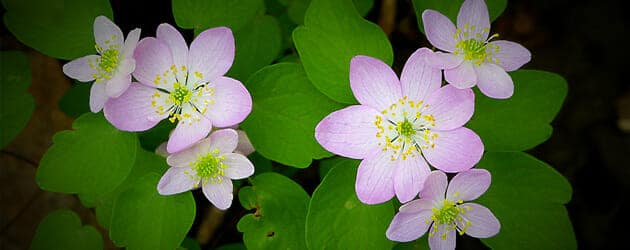

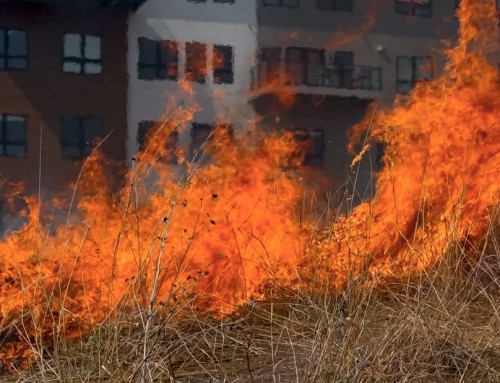
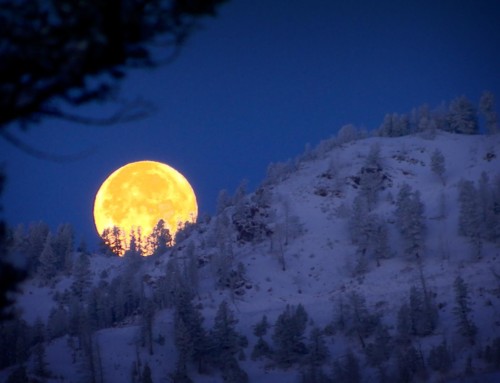
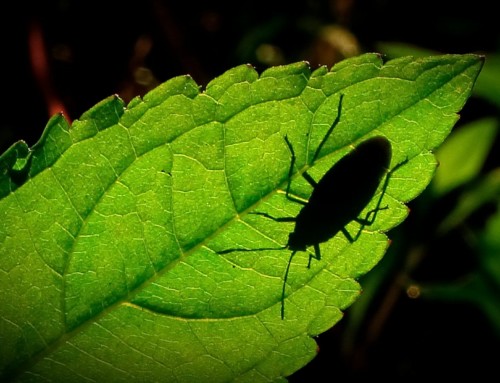
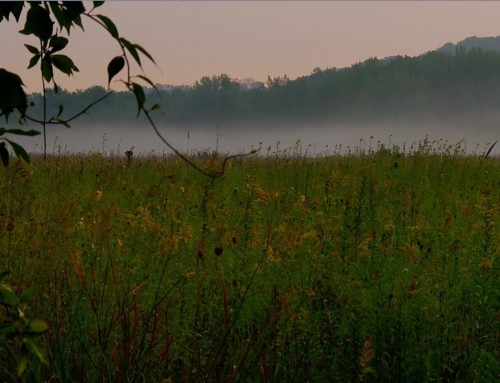

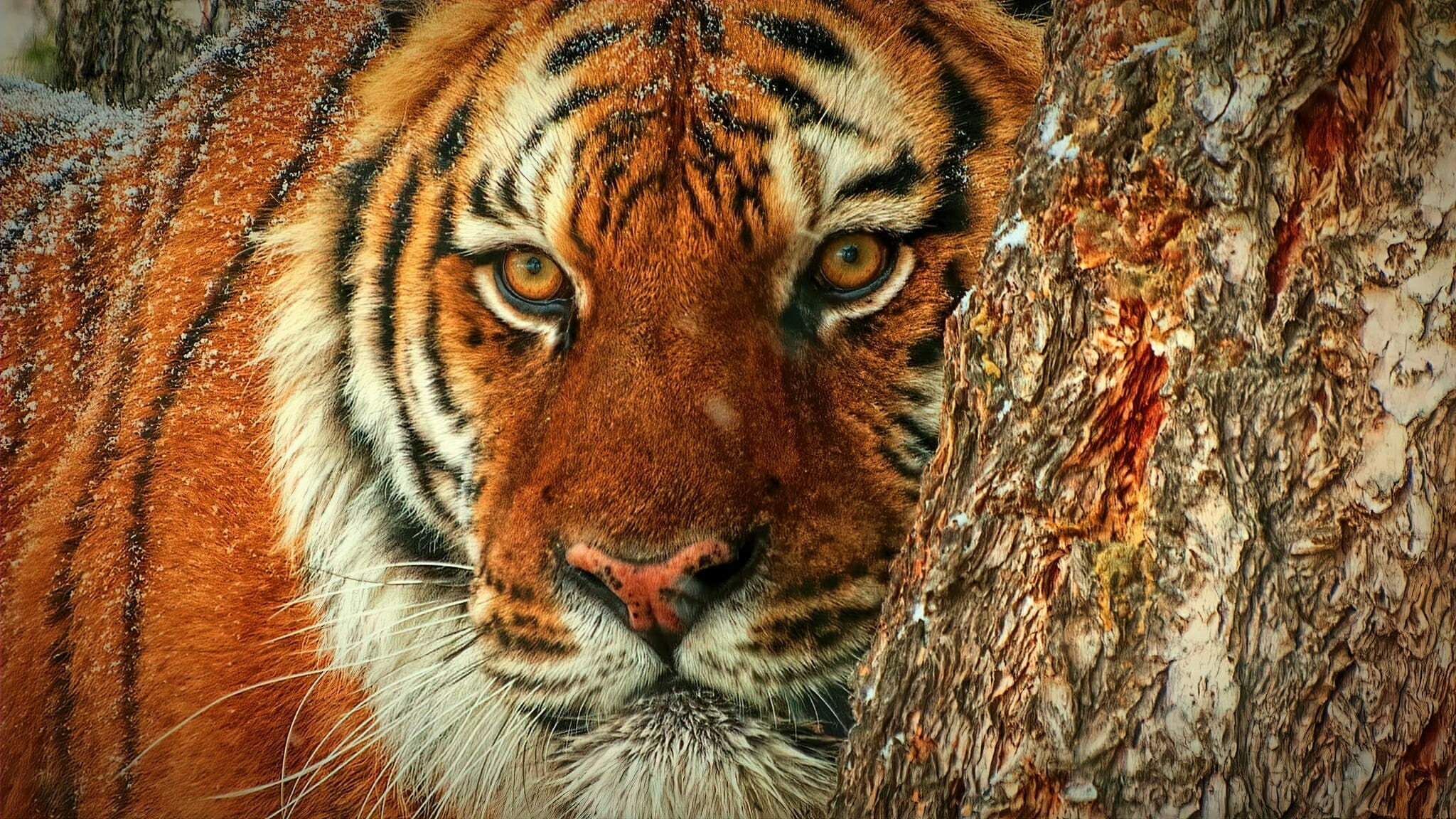
A wonderful post, and definitely up to the Railsback standard. Keep it up, Kevin.
Thanks Steve!
Still have a LNG way to go before I get to where I want to be. Need to be much more polished. But slowly figuring out how to handle having two camera systems out in the field.
It’s certainly a challenge trying to film something and then fill the camera that’s filming the subject. 🙂